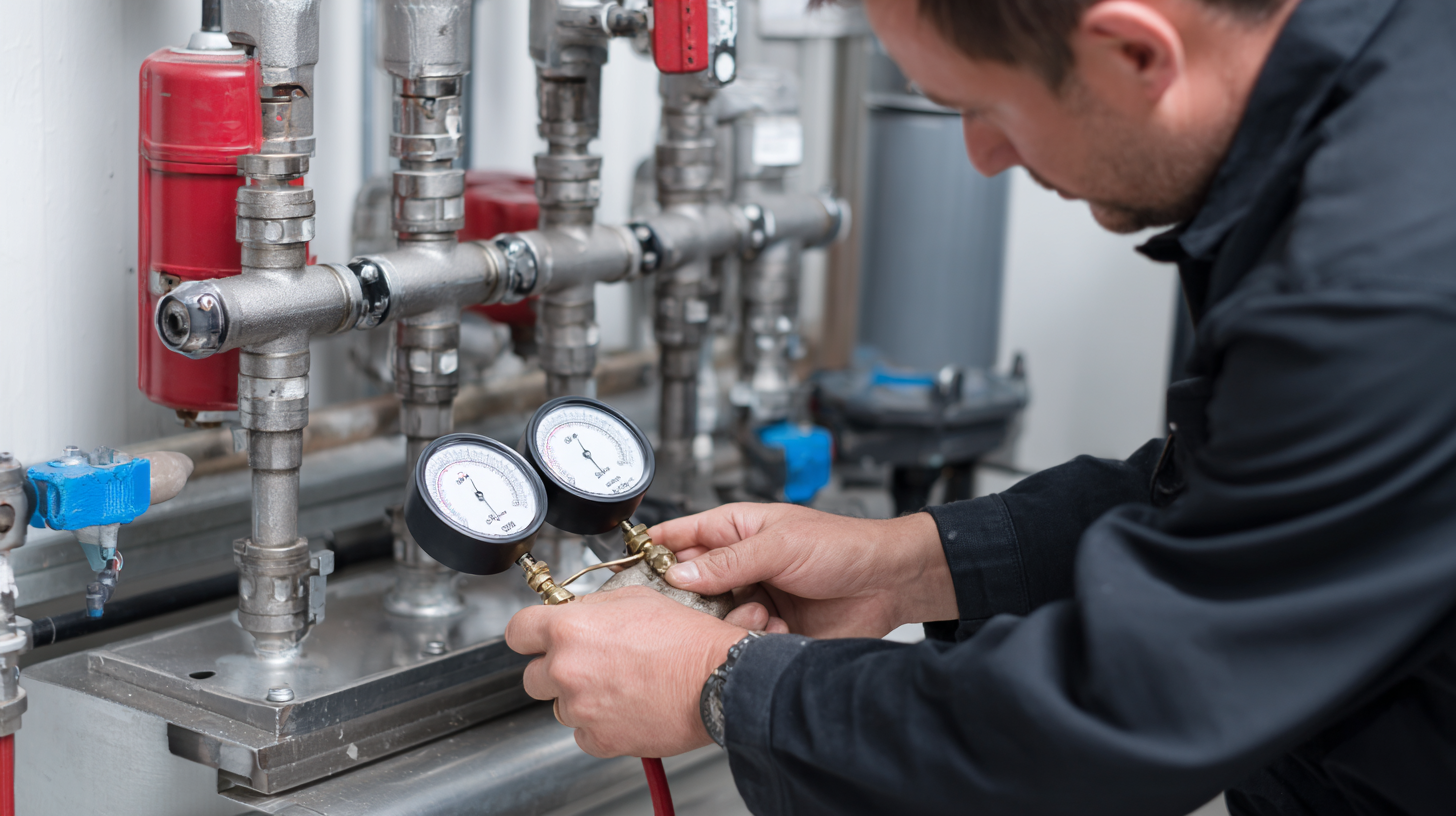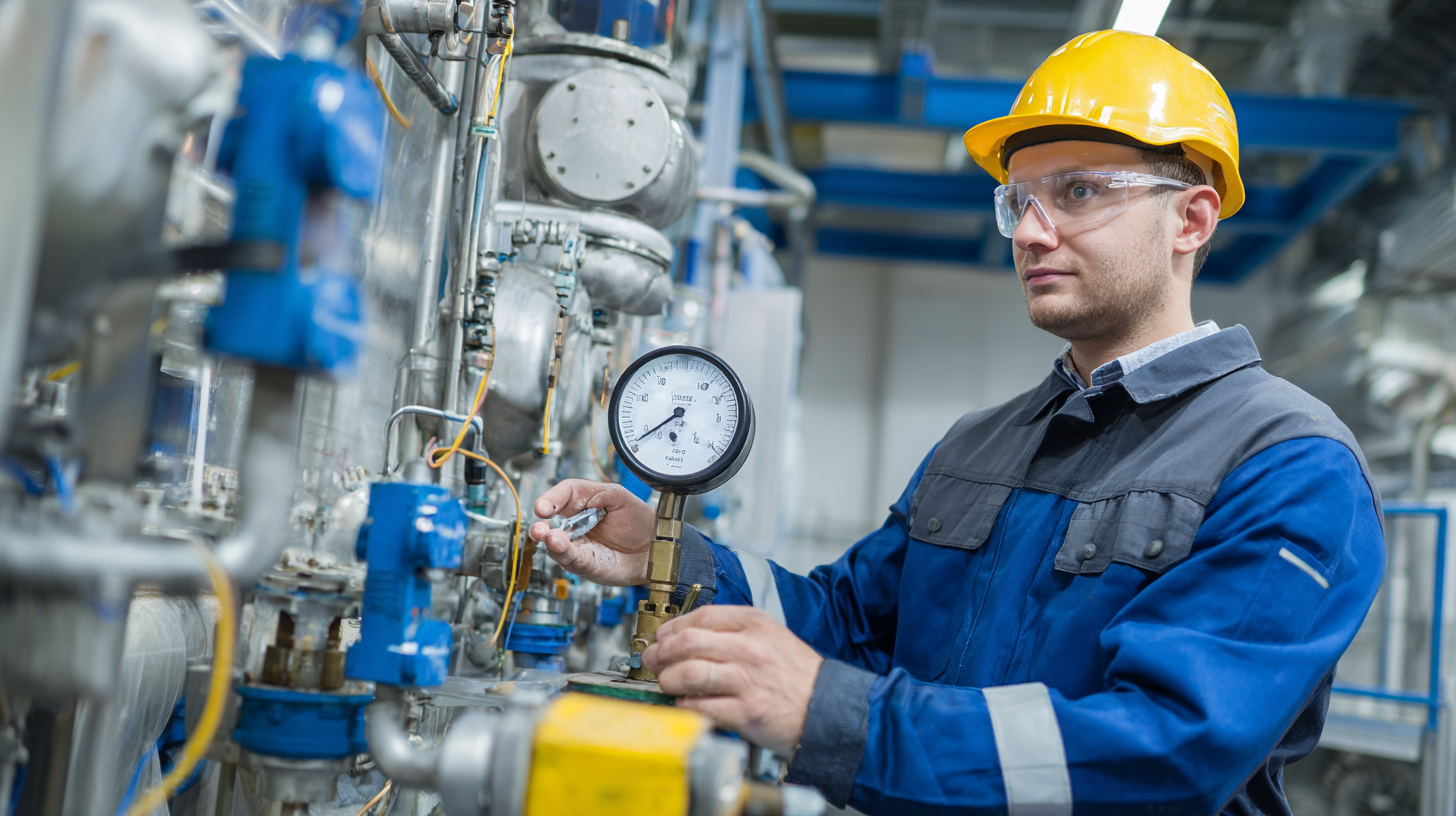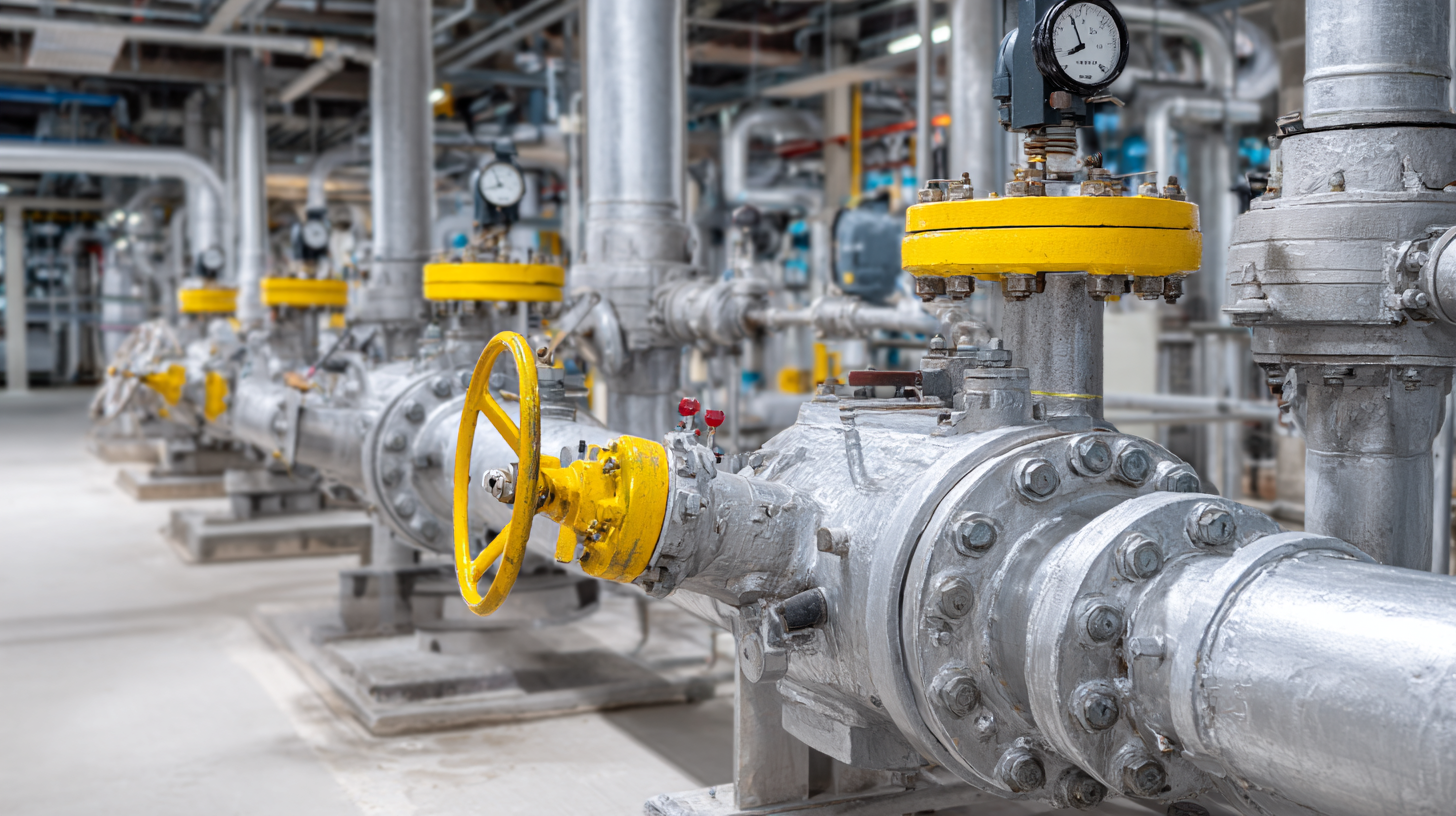How to Optimize Your System Using Differential Pressure Measurements
In today's increasingly complex industrial environments, maintaining optimal system performance is paramount. One of the most effective ways to achieve this is through the utilization of differential pressure measurements. By accurately gauging the pressure difference across various components, operators can gain invaluable insights into system efficiency and functionality. This method not only enables the early detection of potential issues but also facilitates informed decision-making regarding maintenance and operational adjustments.

In this blog, we will explore the significance of differential pressure in optimizing your system, providing practical insights and actionable strategies to leverage this powerful measurement tool. Whether you are seeking to enhance process reliability or improve energy efficiency, understanding how to effectively implement differential pressure measurements can lead to significant gains in overall system performance.
Understanding Differential Pressure: The Basics of Measurement
Differential pressure measurement is a vital concept in various industries, particularly for optimizing processes and ensuring efficiency. By understanding the basics of differential pressure, operators can finely tune their systems to achieve better performance and energy savings. A differential pressure transmitter, for instance, measures the difference in pressure between two points, providing crucial data that helps in monitoring and controlling processes. This measurement can be particularly essential in applications like HVAC systems, where maintaining a suitable pressure differential ensures optimal airflow and energy efficiency.
**Tip:** When implementing differential pressure measurements, it's essential to ensure that the sensors are calibrated correctly for the specific conditions in your system. Regular calibration can prevent errors in measurement, which might lead to inefficient operations.
Furthermore, the differential pressure not only aids in maintaining system performance but also plays a role in identifying potential issues, such as blockages or leaks. According to a study, systems monitored with accurate differential pressure readings can improve energy efficiency by up to 30%.
**Tip:** Consider investing in advanced online differential pressure measurement solutions, which provide real-time data and notifications for any deviations, enabling prompt action to maintain system integrity.
Key Applications of Differential Pressure in System Optimization
Differential pressure measurements play a critical role in various industries by providing essential data that can drive system optimization. One key application is in HVAC systems, where maintaining ideal airflow is crucial for energy efficiency. According to a report by the American Society of Heating, Refrigerating and Air-Conditioning Engineers (ASHRAE), optimizing HVAC systems through differential pressure monitoring can reduce energy consumption by up to 30%. By measuring the pressure difference across air filters and coils, facility managers can ensure the system operates within optimal parameters, thereby extending equipment lifespan and lowering operational costs.

Another significant application is in the process industry, where differential pressure is vital for monitoring fluid flow in pipelines. A study by the International Society for Fluid Mechanics highlighted that accurate differential pressure measurements can improve flow accuracy by approximately 20%, which is critical for effective resource management. This accuracy not only enhances product quality but also minimizes waste, aligning with sustainability goals. By implementing differential pressure sensors, manufacturers can quickly detect anomalies and adjust processes in real-time, leading to increased overall efficiency and reduced downtime.
Techniques for Accurately Measuring Differential Pressure
Differential pressure measurements are crucial for optimizing system performance across various industries, from HVAC to pharmaceuticals. Accurate measurements can significantly impact operational efficiency and safety. For instance, a study by the American Society of Heating, Refrigerating and Air-Conditioning Engineers (ASHRAE) revealed that maintaining optimal differential pressure can improve energy efficiency by as much as 20%. Utilizing high-quality sensors, calibrating them regularly, and understanding their limitations is essential for achieving precise readings.
To enhance the accuracy of your differential pressure measurements, consider using a differential pressure transmitter, which can provide real-time data with minimal lag. This technology allows for immediate adjustments in system operations, resulting in better energy management. Furthermore, placing sensors strategically in your system can minimize measurement errors. For example, taking readings away from turbulence and obstructions leads to more reliable data.
**Tips:** Regular maintenance and calibration of measuring devices not only ensure accuracy but also prolong their lifespan. Additionally, investing in digital differential pressure gauges can offer advanced features like data logging and remote monitoring, further contributing to process optimization.
Differential Pressure Measurements in System Optimization
This bar chart illustrates the differential pressure measurements across different zones in a system. Managing these values is critical for optimizing system performance and ensuring efficient operation.
Analyzing Data: Interpreting Differential Pressure Readings
Differential pressure measurements serve as essential indicators of system performance in various industrial applications. To effectively analyze data from these readings, it’s crucial to understand the principles behind differential pressure and what the values signify. A differential pressure sensor measures the difference in pressure between two points in a system, allowing operators to gauge flow rates, filter status, and system efficiency. When readings deviate from expected values, it signals that something within the system may require attention—be it a clogged filter or a failing component.
Interpreting these readings involves not only monitoring the raw data but also establishing baseline values for comparison. Historical data trends can provide insights into normal operating ranges and help identify anomalies. For instance, a sudden spike in differential pressure may indicate a blockage, while a gradual decline could suggest wear or degradation in performance. By analyzing these fluctuations, operators can make informed decisions on maintenance schedules and system adjustments, ultimately optimizing performance and minimizing downtime. Understanding the nuances of differential pressure measurements is vital for maintaining the health of a system and enhancing operational efficiency.
How to Optimize Your System Using Differential Pressure Measurements - Analyzing Data: Interpreting Differential Pressure Readings
| Measurement Point | Differential Pressure (Pa) | Flow Rate (m³/h) | System Efficiency (%) | Comments |
|---|---|---|---|---|
| Location A | 150 | 20 | 85 | Normal operation |
| Location B | 120 | 25 | 90 | Above average |
| Location C | 200 | 15 | 75 | Consider inspection |
| Location D | 180 | 30 | 92 | Optimized settings |
| Location E | 160 | 22 | 88 | Regular maintenance |
Implementing Changes: Using Measurements to Enhance System Efficiency
Differential pressure measurements are invaluable tools for optimizing system performance. By focusing on these metrics, you can identify areas where energy is being wasted and make necessary adjustments to enhance efficiency. Implementing changes based on these measurements not only improves system operation but also contributes to cost savings in the long run.
Tip: Regularly calibrate your differential pressure sensors to ensure you're receiving accurate readings. This can significantly impact your ability to make informed decisions about your system’s performance and reliability.
One effective strategy is to analyze pressure drops across key components, such as filters and heat exchangers. If you notice a substantial drop, it might indicate that these components are clogged, leading to decreased efficiency. By addressing these issues promptly, you can restore optimal flow and reduce energy expenditures.
Tip: Consider using a dashboard to visualize differential pressure data over time. This will help you spot trends, making it easier to take proactive measures before problems escalate. Through routine monitoring and timely interventions, you can maintain your system's efficiency and longevity.

Related Posts
-

Top Strategies for Maximizing Efficiency with Differential Pressure Solutions
-

Ultimate Guide to Selecting the Perfect Liquid Filled Gauges for Your Industrial Needs
-

7 Surprising Benefits of Liquid Filled Pressure Gauges for Your Industry
-

7 Essential Tips for Choosing the Best Refrigeration Gauges for Your Needs
-

How to Effectively Use Measuring Instruments: A Comprehensive Tutorial for Beginners
-

Top Strategies for Enhancing Efficiency with AC Gauges in the HVAC Industry
Contact
3295 Cobb International Blvd.
Kennesaw, GA 30152
800-367-1377
sale@patiostools.com
Info
© 2023 - Marsh Instruments


